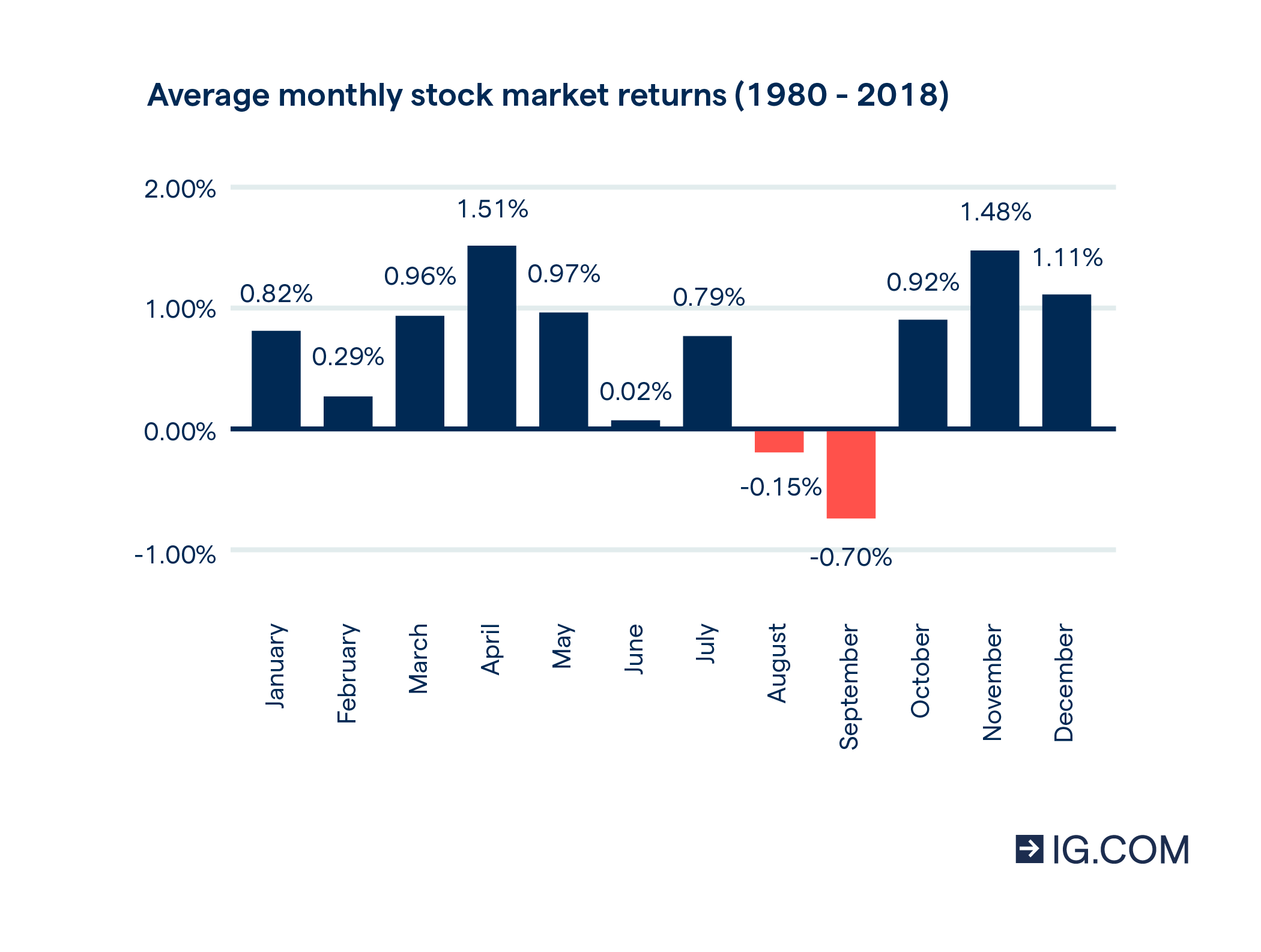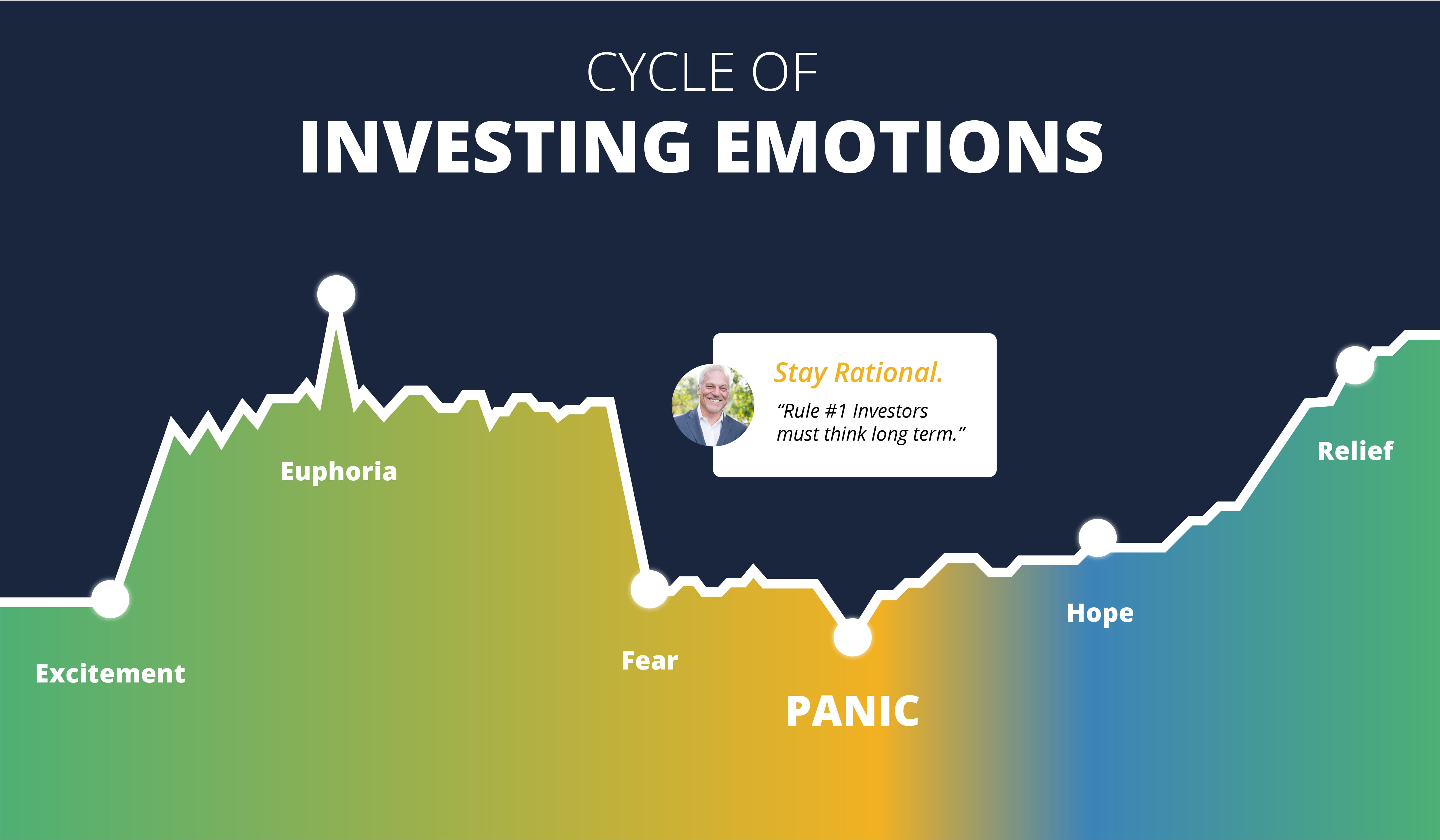
The Wells Fargo Way2Save Account offers a competitive rate at 0.01% APY. There are no minimum account requirements or tiered rates. The account's rates are actually comparable to those of big banks. However, there are several drawbacks to this account. Find out more about Way2Save to see if it is right and how it works. Learn more about the benefits of this account.
Savings account
Wells Fargo may already have a savings account if you have a checking or savings account. However, if you're interested in getting started with your own savings account, you need to know more about the different options. There are two types. The basic and higher interest rates. You can also avoid monthly fees by maintaining a higher balance. However, to open a savings account with Wells Fargo, you must first be eligible.

Interest rate
The Wells Fargo Way2Save Savings card offers a low rate of interest at 0.01% Annual Percentage Yield (APY), which is similar to brick-and-mortar savings account rates. The account comes with a $12 maintenance fee each month. Despite its drawbacks, this account offers other features that most brick-and-mortar banks do not offer.
Transfers to your checking account
Wells Fargo Way2Save accounts require a minimum $25 deposit. There is a $5 monthly fee. Monthly fees can be waived for those who maintain a $300 daily account balance in their checking account. You can also link your savings accounts with your checking. The monthly fee is waived for those under 24 years of age. With each qualifying transaction, the account moves $1. This includes a nonrecurring debit card purchase or bill payments via Wells Fargo’s Online Bill Pay.
ATMs in-network
Wells Fargo Way2Save Savings Account has a $25 minimum deposit and $5 monthly service fee. The monthly fee may be waived if your account is linked to your checking account or you maintain a $300 daily amount. Account holders less than 24 can apply for a free account. This account automatically moves $1 when a qualified transaction is made. These include a nonrecurring debit card purchase, or bill payment via Wells Fargo’s Online Bill Pay.

Account cost
Cost of a Wells Fargo Account depends on where you live and what type of account you have. Wells Fargo offers savings accounts with low interest rates. It may have monthly fees and earn negative interest if it falls below a certain amount. This article will discuss the different Wells Fargo accounts available and help you choose the one that suits your needs. Find out if you are eligible to upgrade to a higher interest rate if you have a need for a higher rate.
FAQ
Should I diversify my portfolio?
Many believe diversification is key to success in investing.
Financial advisors often advise that you spread your risk over different asset types so that no one type of security is too vulnerable.
But, this strategy doesn't always work. In fact, you can lose more money simply by spreading your bets.
As an example, let's say you have $10,000 invested across three asset classes: stocks, commodities and bonds.
Imagine the market falling sharply and each asset losing 50%.
You have $3,500 total remaining. However, if you kept everything together, you'd only have $1750.
In reality, your chances of losing twice as much as if all your eggs were into one basket are slim.
It is important to keep things simple. Don't take more risks than your body can handle.
Can I lose my investment.
Yes, you can lose everything. There is no 100% guarantee of success. However, there are ways to reduce the risk of loss.
One way is to diversify your portfolio. Diversification helps spread out the risk among different assets.
Stop losses is another option. Stop Losses allow you to sell shares before they go down. This reduces the risk of losing your shares.
Margin trading is also available. Margin Trading allows to borrow funds from a bank or broker in order to purchase more stock that you actually own. This increases your chance of making profits.
What types of investments do you have?
There are many investment options available today.
Some of the most loved are:
-
Stocks - Shares of a company that trades publicly on a stock exchange.
-
Bonds are a loan between two parties secured against future earnings.
-
Real Estate - Property not owned by the owner.
-
Options – Contracts allow the buyer to choose between buying shares at a fixed rate and purchasing them within a time frame.
-
Commodities – Raw materials like oil, gold and silver.
-
Precious metals: Gold, silver and platinum.
-
Foreign currencies – Currencies not included in the U.S. dollar
-
Cash - Money that is deposited in banks.
-
Treasury bills – Short-term debt issued from the government.
-
A business issue of commercial paper or debt.
-
Mortgages – Loans provided by financial institutions to individuals.
-
Mutual Funds are investment vehicles that pool money of investors and then divide it among various securities.
-
ETFs: Exchange-traded fund - These funds are similar to mutual money, but ETFs don’t have sales commissions.
-
Index funds - An investment fund that tracks the performance of a particular market sector or group of sectors.
-
Leverage - The use of borrowed money to amplify returns.
-
ETFs (Exchange Traded Funds) - An exchange-traded mutual fund is a type that trades on the same exchange as any other security.
These funds have the greatest benefit of diversification.
Diversification refers to the ability to invest in more than one type of asset.
This helps you to protect your investment from loss.
What investment type has the highest return?
The answer is not what you think. It depends on what level of risk you are willing take. For example, if you invest $1000 today and expect a 10% annual rate of return, then you would have $1100 after one year. If you instead invested $100,000 today and expected a 20% annual rate of return (which is very risky), you would have $200,000 after five years.
In general, the higher the return, the more risk is involved.
Investing in low-risk investments like CDs and bank accounts is the best option.
However, this will likely result in lower returns.
On the other hand, high-risk investments can lead to large gains.
A 100% return could be possible if you invest all your savings in stocks. However, you risk losing everything if stock markets crash.
Which one do you prefer?
It all depends on what your goals are.
If you are planning to retire in the next 30 years, and you need to start saving for retirement, it is a smart idea to begin saving now to make sure you don't run short.
It might be more sensible to invest in high-risk assets if you want to build wealth slowly over time.
Remember: Higher potential rewards often come with higher risk investments.
But there's no guarantee that you'll be able to achieve those rewards.
Statistics
- An important note to remember is that a bond may only net you a 3% return on your money over multiple years. (ruleoneinvesting.com)
- They charge a small fee for portfolio management, generally around 0.25% of your account balance. (nerdwallet.com)
- As a general rule of thumb, you want to aim to invest a total of 10% to 15% of your income each year for retirement — your employer match counts toward that goal. (nerdwallet.com)
- 0.25% management fee $0 $500 Free career counseling plus loan discounts with a qualifying deposit Up to 1 year of free management with a qualifying deposit Get a $50 customer bonus when you fund your first taxable Investment Account (nerdwallet.com)
External Links
How To
How to invest stock
Investing is a popular way to make money. It is also one of best ways to make passive income. You don't need to have much capital to invest. There are plenty of opportunities. It's not difficult to find the right information and know what to do. The following article will show you how to start investing in the stock market.
Stocks are shares that represent ownership of companies. There are two types, common stocks and preferable stocks. Common stocks are traded publicly, while preferred stocks are privately held. Shares of public companies trade on the stock exchange. They are priced based on current earnings, assets, and the future prospects of the company. Stocks are bought to make a profit. This process is known as speculation.
There are three key steps in purchasing stocks. First, you must decide whether to invest in individual stocks or mutual fund shares. Next, decide on the type of investment vehicle. Third, you should decide how much money is needed.
Choose whether to buy individual stock or mutual funds
Mutual funds may be a better option for those who are just starting out. These mutual funds are professionally managed portfolios that include several stocks. When choosing mutual funds, consider the amount of risk you are willing to take when investing your money. Some mutual funds carry greater risks than others. You may want to save your money in low risk funds until you get more familiar with investments.
If you prefer to make individual investments, you should research the companies you intend to invest in. Check if the stock's price has gone up in recent months before you buy it. You do not want to buy stock that is lower than it is now only for it to rise in the future.
Choose Your Investment Vehicle
Once you have made your decision whether to invest with mutual funds or individual stocks you will need an investment vehicle. An investment vehicle simply means another way to manage money. You could place your money in a bank and receive monthly interest. You could also open a brokerage account to sell individual stocks.
A self-directed IRA (Individual retirement account) can be set up, which allows you direct stock investments. Self-Directed IRAs are similar to 401(k)s, except that you can control the amount of money you contribute.
Your needs will determine the type of investment vehicle you choose. Are you looking for diversification or a specific stock? Do you want stability or growth potential in your portfolio? How confident are you in managing your own finances
The IRS requires all investors to have access the information they need about their accounts. To learn more about this requirement, visit www.irs.gov/investor/pubs/instructionsforindividualinvestors/index.html#id235800.
You should decide how much money to invest
To begin investing, you will need to make a decision regarding the percentage of your income you want to allocate to investments. You can either set aside 5 percent or 100 percent of your income. Depending on your goals, the amount you choose to set aside will vary.
It may not be a good idea to put too much money into investments if your goal is to save enough for retirement. For those who expect to retire in the next five years, it may be a good idea to allocate 50 percent to investments.
Remember that how much you invest can affect your returns. Consider your long-term financial plan before you decide what percentage of your income should be invested in investments.